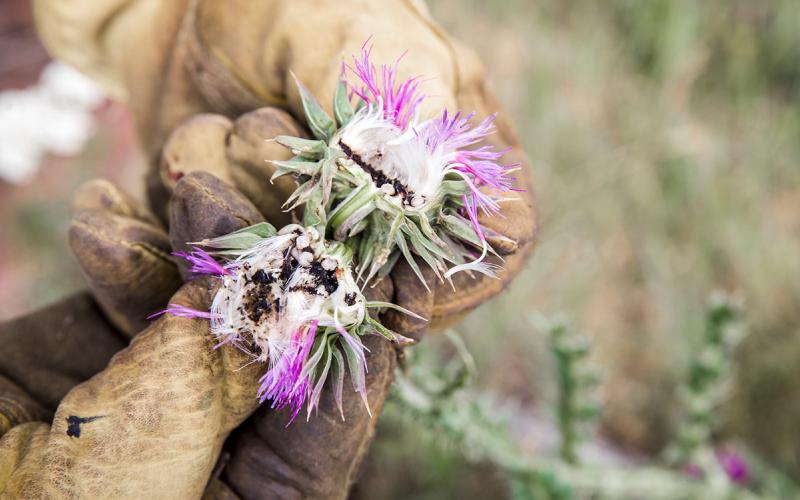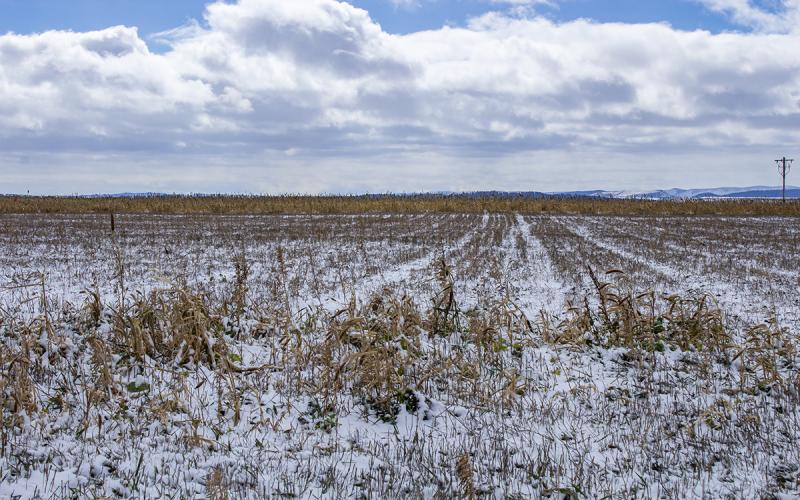Written collaboratively by Eric A. L. Jones, Jill K. Alms, David A. Vos, Graig Reicks and Philip Rozeboom
Introduction
Herbicides are recommended to be applied in mixtures to increase application efficiency, spectrum of weed control, and reduce selection pressure on resistant biotypes. Herbicide mixtures can provide activity on various weeds that are antagonistic (decreased control), additive, and synergistic (increased control) (Green 1989). The resulting activity can be an effect of chemical compatibility/incompatibility or the physiology of the weed and/or herbicides (Barbieri et al. 2022). Physiological antagonism or synergism can occur when herbicides with different modes of action are mixed and interact inside the plant negatively or positively, respectively (Meyer et al. 2019; Ou et al. 2018). Since mixtures of unique herbicides are often recommended, understanding how various mixtures of these unique herbicides perform on various weed species under field conditions is critical.
2,4-D (Herbicide Group 4) and glufosinate (Herbicide Group 10), whether applied alone, mixed, or sequentially, will likely become more common for weed management and the commercial availability of herbicide tolerant soybean varieties (i.e., Enlist e3 [tolerant to 2,4-D, glufosinate and glyphosate). 2,4-D is a slow-acting, phloem-mobile herbicide with predominant activity on broadleaf weeds (Grossman 2010). Glufosinate is a fast-acting, contact herbicide with activity on both broadleaf and grass weeds (Corbett et al. 2003; Takano et al. 2020). The mixture of 2,4-D and glufosinate is also a labeled application (Anonymous 2023; Anonymous 2024). Since the physiology of 2,4-D and glufosinate is different, research providing information on whether this mixture provides antagonistic, additive, or synergistic activity on various weed species is critical for effective management. The objective of this experiment was to determine how 2,4-D and glufosinate, when applied alone or mixed, control common weeds and affect soybean yield.
Acknowledgements
Project funding was provided by the South Dakota Soybean Research and Promotion Council. The authors extend thanks to Allen Heuer (Northeast Research Farm), Bradley Rops (Southeast Research Farm), and Josalyn Fousert (Southeast Research Farm) for technical support.


